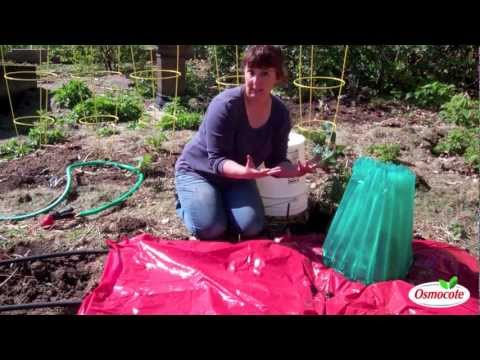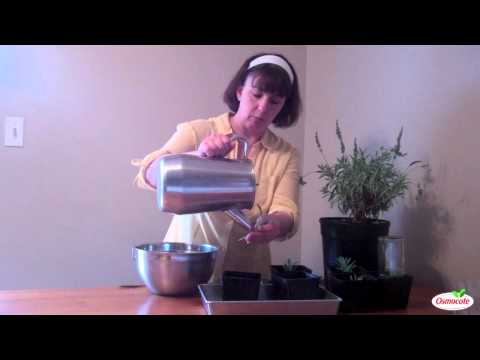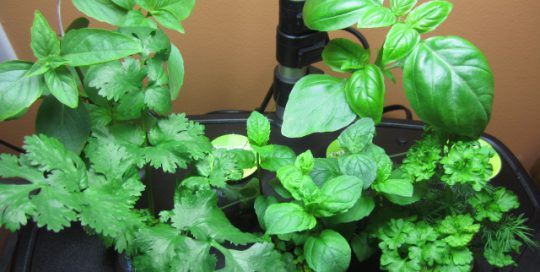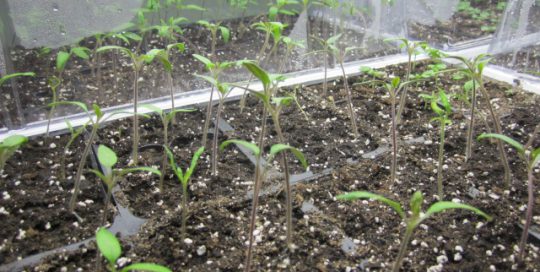If your garden or patio is covered in a few inches of snow or the temperatures don’t get much above 45F, you’re likely not growing much in the way of vegetables right now. However, that doesn’t mean you have to go without fresh, homegrown edibles. How to grow edibles indoors, you’re thinking. Well, you can! And, I’m going to show you how.
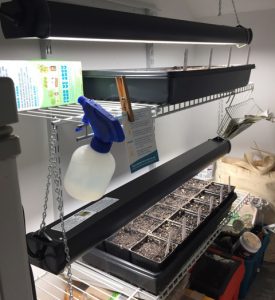
How to Grow Edibles Indoors This Winter – What You Need
Given the right conditions, it’s possible to grow a wide variety of edibles inside your home — from microgreens and lettuce, to beets and tomatoes. For this to happen an indoor growing environment needs to address five physical considerations. They can be met by a variety of ways and in a range of expense. The objective, of course, is to recreate as perfectly as possible the outdoor environment within the confines of a home.
How to Grow Edibles Indoors This Winter – Physical Considerations
Light.
The summer outdoor garden provides minimally eight and typically more hours of good sunlight. We’re looking to give our indoor-grown veggies (any indoor plant, really) anywhere from six to 10 hours of light. This could be a sunny, south-facing window, a simple table lamp or a long “shop lamp” style light fitted with a bulb or bulbs used specifically for growing plants, although a regular shop light can sometimes work just fine. Either grow your plants on a windowsill or set up a shelf or table under growing lights. Be sure to position lamps directly above the plants, keeping within 4 to 6 inches above the leaves. This will help prevent the plants from ‘etiolating’ (becoming pale and skinny).
Growing Media.
Any plant grown out of Mother Earth will need a potting mix. This helps to ensure proper water drainage, root growth and nutrition. I don’t recommend bringing soil from outside to fill an indoor container. It likely contains diseases and / or pests that will activate in the home’s warmer temperature. Instead, use either a special seed-growing mix or a regular potting mix formulated for container plants. A bonus of many commercial potting mixes is that they include a boost of slow-release fertilizer or beneficial soil organisms, postponing the need for adding nutrition immediately.
Humidity.
The winter environment within a home can be as dry as a desert due to home heating systems, particularly if the heat is produced from natural gas. Dry air will cause a plant to desiccate pretty quickly. There are a few ways to add humidity to the air around a plant to help grow edibles indoors. One is to place the plant pot on top of a pebble-filled tray, then fill with water to the top of the pebbles. A home humidifier will also do the trick. Alternatively, an environment that is too humid encourages the growth of fungal diseases, so keep a careful eye on the moisture in the growing environment.

